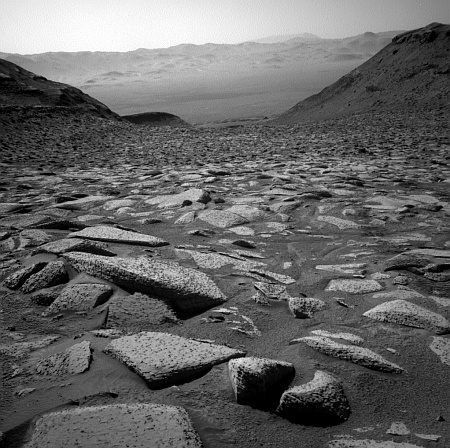April 21, 2025 Quick space links
Courtesy of BtB’s stringer Jay. This post is also an open thread. I welcome my readers to post any comments or additional links relating to any space issues, even if unrelated to the links below.
- Lucy successfully completes fly-by of asteroid Donaldjohanson
The spacecraft is healthy. Next engineers will download the data over the next few days.
- NASA touts the launch of Lunar Gateway’s first two modules sometime in 2027
The two modules will be launched by a Falcon Heavy and take a year-long circuitous route to get to their lunar polar orbit. The fourth Artemis mission (following the lunar landing) will bring a manned crew to the station with the habitation module.
Sounds good? Right now it is all fantasy.
- ULA schedules a new launch date of April 28th for placing the first set of Kuiper satellites into orbit
The first launch was scrubbed due to bad weather.
- On April 19, 2021 engineers confirmed Ingenuity’s first powered flight on Mars, the first such achievement in history
Intended to only fly a handful of times over 30 days, Ingenuity ended up completing 72 flights over almost three years.
- On this day in 1961 a man completed the first flight of the Bell Rocket Belt
One of several jetpacks tested in the 1960s, all of which proved very dangerous and unpractical.
Courtesy of BtB’s stringer Jay. This post is also an open thread. I welcome my readers to post any comments or additional links relating to any space issues, even if unrelated to the links below.
- Lucy successfully completes fly-by of asteroid Donaldjohanson
The spacecraft is healthy. Next engineers will download the data over the next few days.
- NASA touts the launch of Lunar Gateway’s first two modules sometime in 2027
The two modules will be launched by a Falcon Heavy and take a year-long circuitous route to get to their lunar polar orbit. The fourth Artemis mission (following the lunar landing) will bring a manned crew to the station with the habitation module.Sounds good? Right now it is all fantasy.
- ULA schedules a new launch date of April 28th for placing the first set of Kuiper satellites into orbit
The first launch was scrubbed due to bad weather.
- On April 19, 2021 engineers confirmed Ingenuity’s first powered flight on Mars, the first such achievement in history
Intended to only fly a handful of times over 30 days, Ingenuity ended up completing 72 flights over almost three years.
- On this day in 1961 a man completed the first flight of the Bell Rocket Belt
One of several jetpacks tested in the 1960s, all of which proved very dangerous and unpractical.









